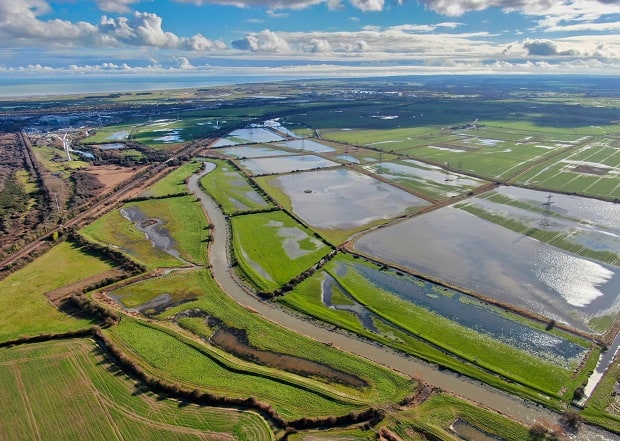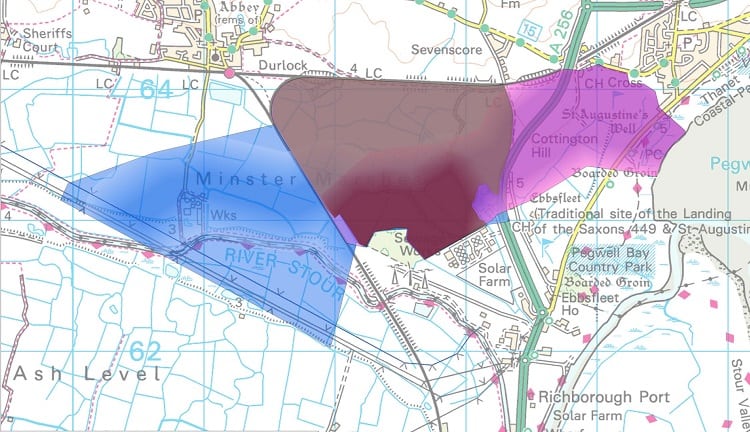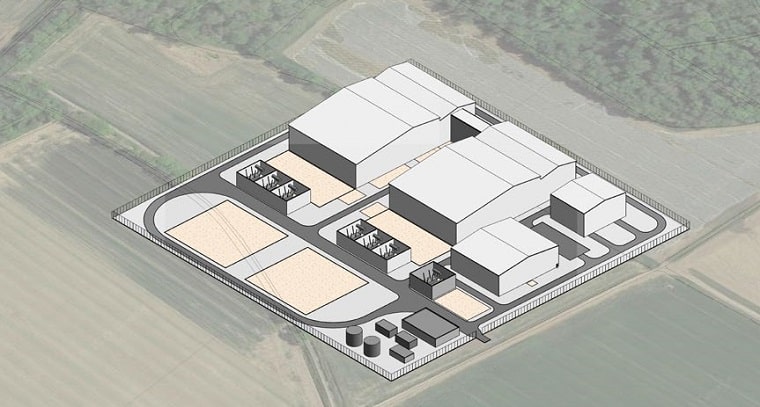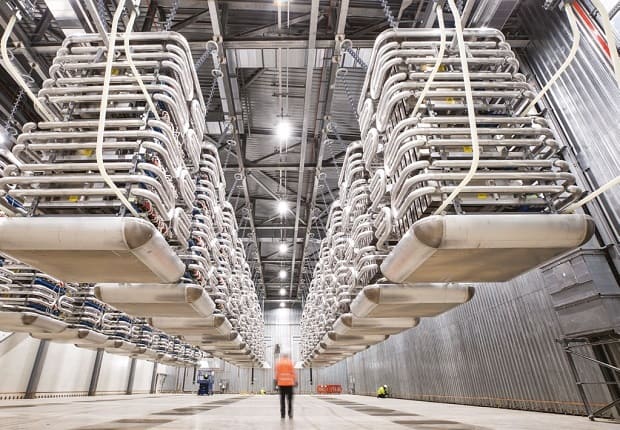
National Grid plans to build an offshore high voltage direct current (HVDC) link between Suffolk and Kent include installing a 60,000 square metre onshore converter station at Minster marshes in the Stour Valley.
The Sea Link project involves creating a subsea electricity cable between Suffolk and Kent which National Grid says will help deliver the UK’s energy security strategy and net zero targets.
The electricity and gas distributer says Sea Link will add capacity to the electricity network in Suffolk and Kent, enabling low carbon and green energy to power homes and businesses and be transported around the country.
The proposals outline a preferred route of 10km of onshore and 140km of undersea cables, together with potential landfall and converter station locations at Friston substation in Suffolk and at Richborough.
Landfalls are where the offshore (subsea) cables come ashore. A converter station converts electricity between Alternating Current (AC) and Direct Current (DC). AC is used in each country’s transmission system, while DC is used for sending electricity long distances along the subsea cables.
National Grid’s preferred route runs from a landfall in Pegwell Bay to a proposed converter station site north east of the existing National Grid Richborough substation, and a HVAC connection back onto the existing overhead line to the south of Minster.


Its project document says: “From a landfall (where the link would transition from offshore to onshore) location at Pegwell Bay, we would install underground HVDC cables running west to connect into a new converter station, located within 5 km of the existing Richborough 400 kV substation.
“A HVAC connection, which could be either underground cable, overhead line or a combination of the two, would be installed between the converter station and a point on the existing Richborough to Canterbury overhead line.”
Converter stations contain specialist electrical equipment; some must be located indoors in buildings, potentially up to 30m tall, while some could be outdoors or in smaller buildings. The total footprint of the converter station is approximately 6 hectares but additional land will be needed during construction.

National Grid says electricity from offshore wind farms off the East Coast of England will power homes and businesses in East Anglia. But, during periods of high wind generation from offshore wind farms on the east coast, there may be a surplus of electricity and it will need to be exported to Europe via interconnectors to keep the British network safe, secure and in balance. To enable this surplus electricity to be exported, energy has to be first transferred from where it is received in East Anglia to where interconnectors connect into the network in Kent and the rest of south-east England.
The Sea Link project needs to obtain a development consent order (DCO) via an application to the Planning Inspectorate,
But conservation enthusiasts say development of the Minster marshes area, which also includes farmland, will have a massive impact on wildlife.

Nik Mitchell, from Wildlife Conservation in Thanet, said: “The Minster marshes is an incredibly important habitat for wildlife. It is wetlands and wetlands and water in general are very scarce in Thanet.
“You get all sorts of incredible wildlife there that you don’t see elsewhere in Thanet. If we are going to take this battle on climate change seriously and help boost biodiversity, we need to be focussing our efforts on places like the Stour Valley where Minster marshes are, because that is the place where the magic really is. That is the place we should be focusing efforts to do good, not destroying it.”
The area is an important site for over-wintering birds which get driven off Pegwell and Sandwich bay at high tide and by bad weather. There are scores of bird species including jack snipes, skylarks, woodcock, breeding turtle doves, black stork, common crane, curlews and many more.
A first stage public consultation has been taking place but ends tomorrow (December 18). There will be further public consultations before an application is lodged with the Planning Inspectorate in the first quarter of 2024.
The inspectors issue a recommendation to the Secretary of State for Business, Energy and Industrial Strategy, who makes the final decision whether to grant planning permission. National Grid anticipates submitting a DCO application for the project in 2024.

Mike Elmer, National Grid Electricity Transmission’s programme director for East Coast, said: “Our proposals for Sea Link are central to enabling the growing volumes of clean electricity from the North Sea and Europe to connect to the grid and power homes and businesses, helping Britain to meet the government’s ambitious net zero and energy security targets.
“We understand that plans for new infrastructure can cause concern in nearby communities. The consultation is just the beginning of our work engaging with communities and stakeholders.”

The aim is for construction of the Sea Link project to take place between 2026 and 2030.

